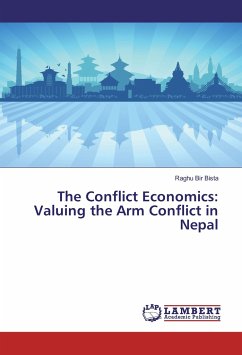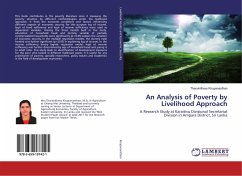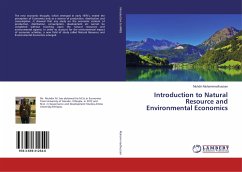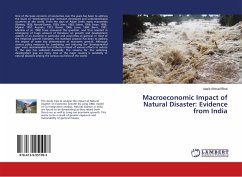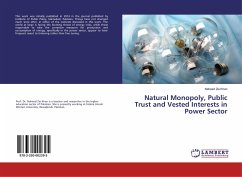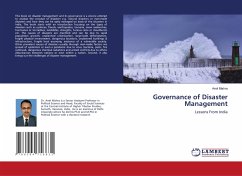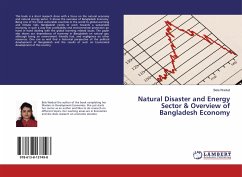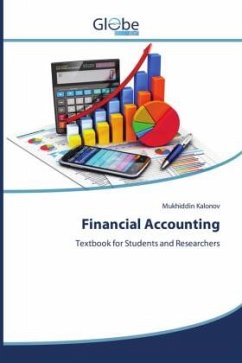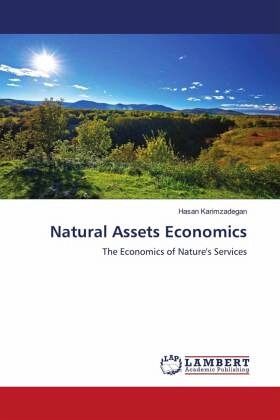
Natural Assets ¿Economics
The Economics of Nature's Services
Versandkostenfrei!
Versandfertig in 6-10 Tagen
60,99 €
inkl. MwSt.

PAYBACK Punkte
30 °P sammeln!
The book "Economics of Natural Assets" is significant. Natural assets include both environmental sources and sinks. "Sources" are stocks of natural raw materials, renewable and non-renewable, including forests, fisheries, soil, and minerals. "Sinks" are the capacities of environmental media such as air and water to absorb and decompose waste from production and consumption. This book refers to the importance and value of natural assets. The book on valuing natural assets is designed to reach a broad audience. The intention is to engage policy-makers, economists, and scientists worldwide and en...
The book "Economics of Natural Assets" is significant. Natural assets include both environmental sources and sinks. "Sources" are stocks of natural raw materials, renewable and non-renewable, including forests, fisheries, soil, and minerals. "Sinks" are the capacities of environmental media such as air and water to absorb and decompose waste from production and consumption. This book refers to the importance and value of natural assets. The book on valuing natural assets is designed to reach a broad audience. The intention is to engage policy-makers, economists, and scientists worldwide and encourage those involved in policy appraisals and decision-making to better account for the value of natural assets. Natural Assets Economics provides a set of steps that can be applied to any policy appraisal context, including a checklist of ecosystem services and approaches to assessing values. Some chapters necessarily have a more technical bias. However, introductions are provided at the beginning of each chapter to present the key points in a non-technical manner.



